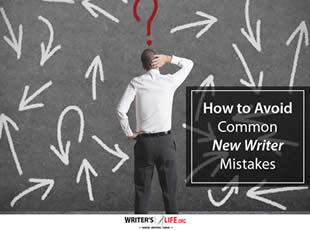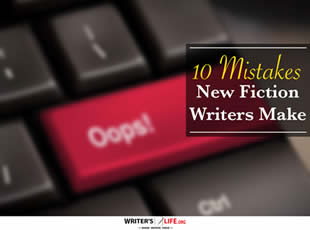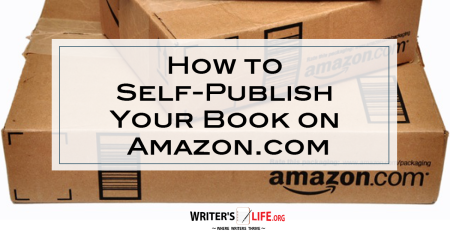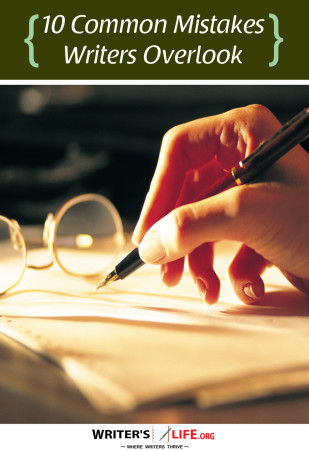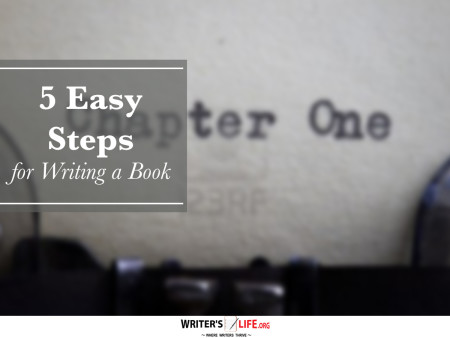- How To Tackle Jealousy In Creative Writing
- Common Submission Mistakes
- How To Stop Your Blog Becoming Boring
- The One Thing Every Successful Writer Has In Common
- How To Make Yourself Aware Of Publishing Scams
- Why Almost ALL Writers Make These Grammar Mistakes At Some Point
- 5 Tips For Authors On How To Deal With Rejection
- Top Mistakes to Avoid When Writing a Novel
- How to Avoid Common New Writer Mistakes
- 10 Mistakes New Fiction Writers Make
Boost Your Writing Skills: Strategies for Successful Storytelling

It's funny how discussions over coffee can spark ideas that light up your creative process, isn’t it? Just the other day, my friend Sasha and I were comfortably nestled in our favorite coffee shop when the conversation veered into the wondrous world of writing. Sasha, a fellow writer and impeccable storyteller, was telling me about how she's been working on her new novel and struggling with keeping her narrative both engaging and coherent. Her scattered thoughts mirrored the ink spills on her notepad. In that exciting exchange, we unpacked several straightforward yet powerful writing strategies that are worth sharing.
Understanding the Importance of Structure
So, Sasha began with the basics: story structure. “You know,” she said, wiping cappuccino foam from her lip, “structure is like the backbone of writing. I used to think it stifled creativity, but I realized it actually liberates it!” She’s right. Once you have a structure in place, you're free to explore the nuances of your story without fear of veering into chaos.
Think of structure as a guide that helps your narrative flow logically. Start with a clear outline. It doesn’t have to be rigid, but should give you an overarching trajectory of your story’s beginning, middle, and end. Here’s a quick outline we shared over coffee:
Classic Outline Approach
- Introduction: Set the stage with compelling characters and situations.
- Rising Action: Introduce conflict and tension that grip readers.
- Climax: The peak of your story’s action where everything changes.
- Falling Action: Begin resolving conflicts and challenges.
- Resolution: Provide a satisfying conclusion to your narrative.
Creating Relatable Characters
“Your characters are the heart of your story,” Sasha stated passionately. The strength of your characters often determines the emotional impact of your story. Your readers should feel invested in their journey, empathize with their struggles, and celebrate their victories.
Think of real-life personality traits and flaws, and incorporate them into your characters. Give them distinct voices and backgrounds, making sure they evolve throughout the story. Sasha loves creating character backstories that never make it into the book; they help her understand each character’s motivations and reactions to different situations.
The Role of Editing in Writing
Finally, we talked about editing. As Sasha polished off her coffee, she confessed, “I used to dread editing. But I learned it’s your best friend. First drafts are raw thoughts sculpted into form.” Editing refines your story and elevates your writing to professional standards. Always separate your writing and editing stages; don’t edit as you write. This way, you can maintain your flow and creativity in the draft stage, then shift focus to precision when editing.
Conclusion
And just like that, the afternoon sun began to set as our coffee cups ran dry. We left with not just the echoes of a warm conversation but armed with effective strategies to conquer the world of writing one word at a time. Remember, writing is an ever-evolving craft. With each story you pen, let each lesson learned guide your hand toward brilliance.
Now that you've learned some transformative strategies for storytelling, you're one step closer to achieving your writing goals. If you're ready to take the next step, explore expert resources designed to help authors succeed. Access the Writer’s Toolkit Here.



















